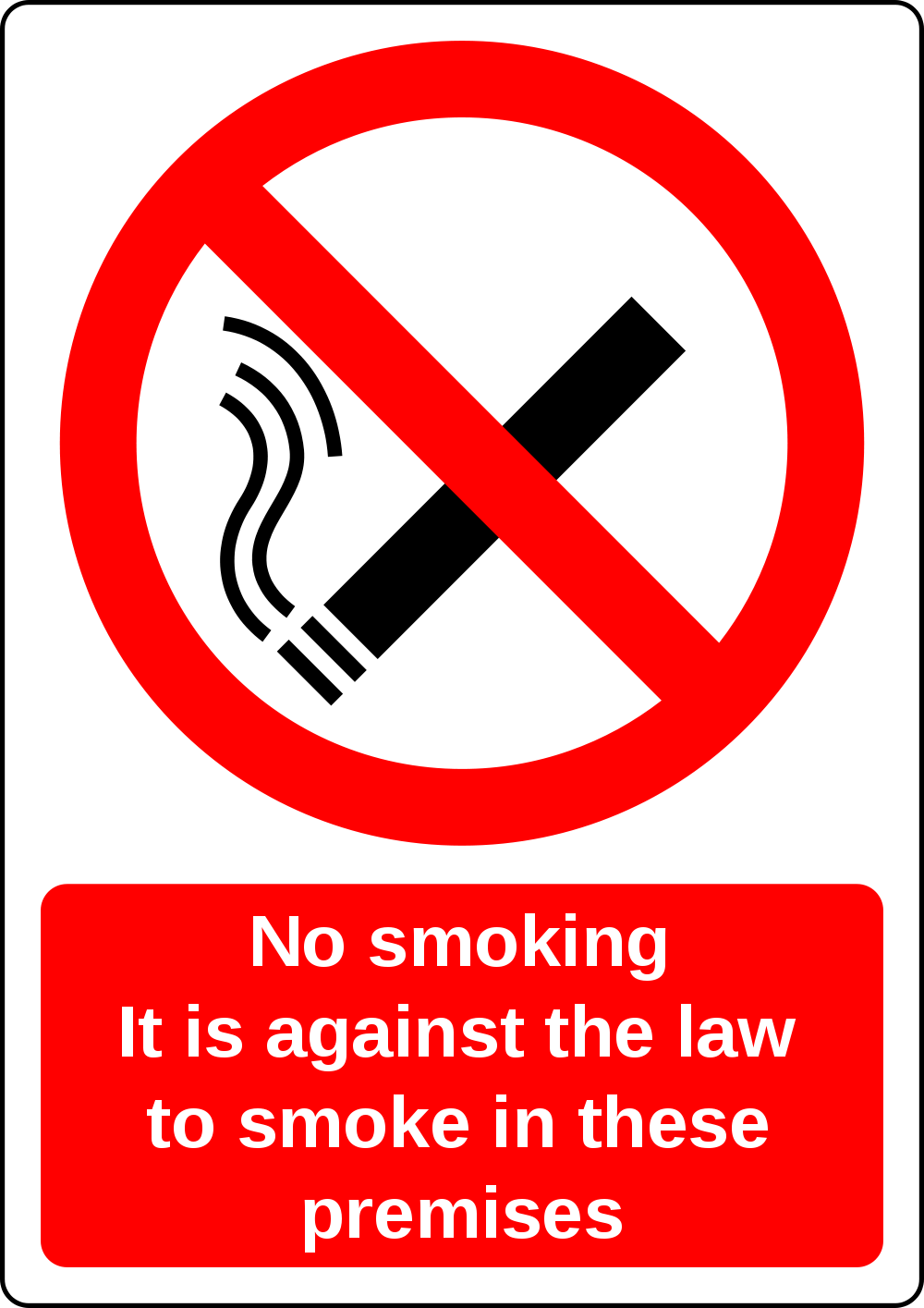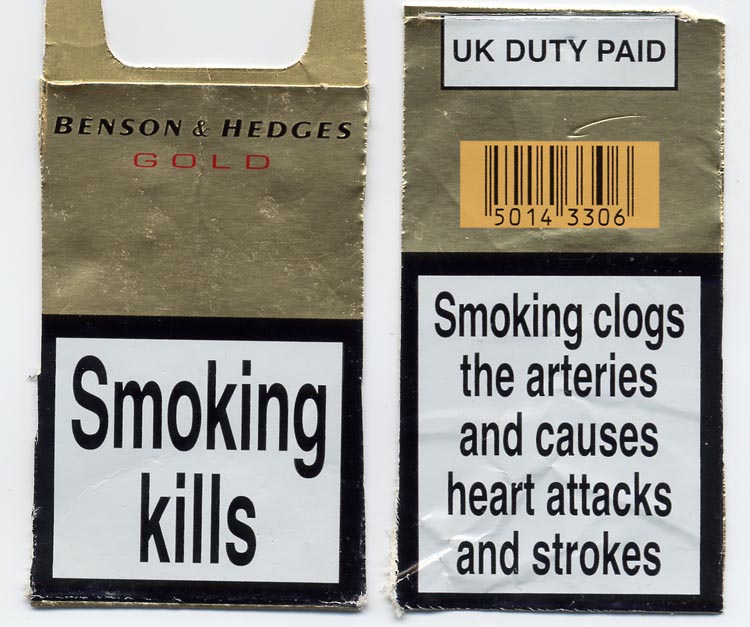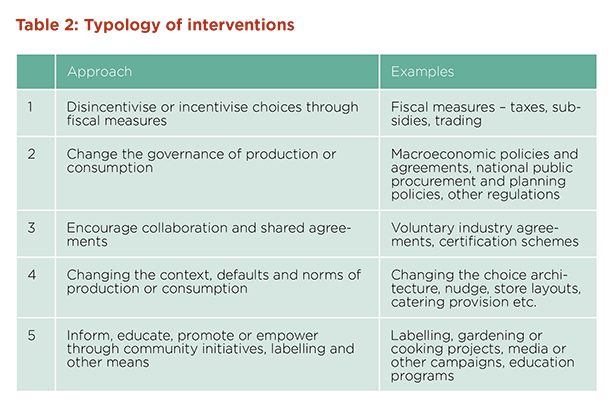Data, Design and Society
Ewan Klein, Cat Magill, Alyssa Alcorn
10 February 2016
Oddments
- In-class photos — consent?
- Alan Peddie (UoE Waste supremo) — visit on Friday?
- Class ‘liaison’ sessions?
- End-of-semester potluck — volunteers?
Just Writing
Today’s Prompts
- In order for me to change my behaviour, I …
- In order for you to change your behaviour, you …
Achieving Change

ISM
- Darnton T and Horne J (2013) Influencing Behaviours: A User Guide to the ISM Tool, The Scottish Government.
- Individual, Social and Material contexts: analysing the effectiveness of interventions to encourage behaviour change.
- Interventions should straddle multiple contexts — I, S and M — to achieve substantive and long lasting change.

ISM: Individual
Factors held by the individual that affect choices and behaviours. Includes:
- values, attitudes and skills;
- calculations made before acting, including personal evaluations of costs and benefits.
ISM: Social
Factors beyond the individual in the social realm that shape behaviours. Includes:
- social norms and the meanings attached to particular activities;
- networks and relationships, and the institutions that influence how groups of individuals behave.
ISM: Material
Factors ‘out there’ in the environment and wider world which both constrain and shape behaviour. Includes:
- ‘hard’ infrastructures, technologies and regulations;
- ‘softer’ influences such as time and the schedules of everyday life.
FCRN: Policies and actions to shift eating patterns
- Study by Food Climate Research Network (FCRN)
- Garnett et al (2015) Policies and actions to shift eating patterns: What works? (summary)
- Reviews literature on effective ways of shifting people’s consumption patterns in more sustainable and healthy directions.
Types of Interventions
| 1 | Disincentivise or incentivise choices through fiscal measures |
| 2 | Change the governance of production or consumption |
| 3 | Encourage collaboration and shared agreements |
| 4 | Change the context, defaults and norms of production or consumption |
| 5 | Inform, educate, promote or empower through community initiatives, labelling and other means |
What works?
- No single type of intervention is effective in isolation; need a composite approach.
- Sustainable, healthy diets need to be a policy priority.
- Don’t leave it to the individual.
- Don’t leave it to goodwill or voluntary agreements by industry.
- Governments need to govern.
Group Exercise
Slow Hack
Where we are
- Coming to the end of Digging Deeper Phase
- ILW starts 15th Feb
- Slow Hack starts the week after ILW (22nd Feb)
- Slow Hack Class sessions:
- more technical support on analysis and presentation
- in-class tutorials / lab activities
Focus
By the start of Slow Hack, you should have decided on:
- a specific problem / challenge within your sub-theme; and
- a specific design idea which addresses that problem.
But the design idea needs to be explored, tested, modified, iterated throughout the Slow Hack.
Using Data
- Use both subjective and objective data.
- Use some existing data and collect some new data.
Using Data — options
| Existing | Collected | |
|---|---|---|
| Subjective | X | |
| Objective | X |
| Existing | Collected | |
|---|---|---|
| Subjective | X | |
| Objective | X |
What Counts as Success?
- You are looking at complex and difficult issues — there is no one “right answer”.
- You should try to develop a proof-of-concept. This is a demonstration of feasibility, something that could potentially make a positive difference.
- Your approach is as important as the outcome.
What Counts as Success?
In a nutshell:
- Propose a design-based solution to a current problem within sub-theme
- Effectively communicate your problem and design idea
- Engage in ongoing reflection and justification
- Demonstrate consistent participation and professional working
Anti-Success
You do not:
- have to please us, or do what you think we would like;
- have “signficant” results — remember it’s only a proof-of-concept;
- have to have “the right answer”.
Friday data analysis session
During Friday
During Friday’s session, each team will:
- Revisit planning decisions for the focus group — how did those work out?
- Review/discuss focus group audio/video and do some quick analysis.
- Additional instructions and handouts will be given in class!
- Generate a few preliminary “findings” for each discussion question and report these back to the class
Most teams will need to spend additional time on analysis outside this session, but it should give you a good start.
For Friday
For Friday, your team will need to bring:
- At least one password-protected laptop, already loaded up with the focus group video and/or audio. (Please check audio/video playback ahead of time, make sure it works.)
- Copies of your focus group goals and questions — you may want multiple copies to write on.
- Your note-taker’s notes from the session. (You may want to photocopy these so different team members can look at them at the same time.)
- Writing materials
Before Friday, 1
Before Friday, your team should have done the following:
- Finished your focus group and gotten audio/video files off the recording devices.
- Backed up audio/video files to DataStore.
- Written down quick impressions of how the focus group went, what actually got done in the session time, any problems.
- This could be done individually or as a team.
Before Friday, 2
- Any team members not present during the focus group should have reviewed the audio/video, and spoken to the other team members about how things went.
- No one should be seeing the focus group content for the first time on the analysis day!
Ethics paperwork
- Please also bring your signed consent forms from the focus group, to be handed in to Ewan for secure storage (as per the terms of the ethical approval for the DDS course).
- Check if you need to record any of this information in a (password-protected) document or spreadsheet before handing over the forms. This likely only applies to teams who added extra information fields on the consent form.

